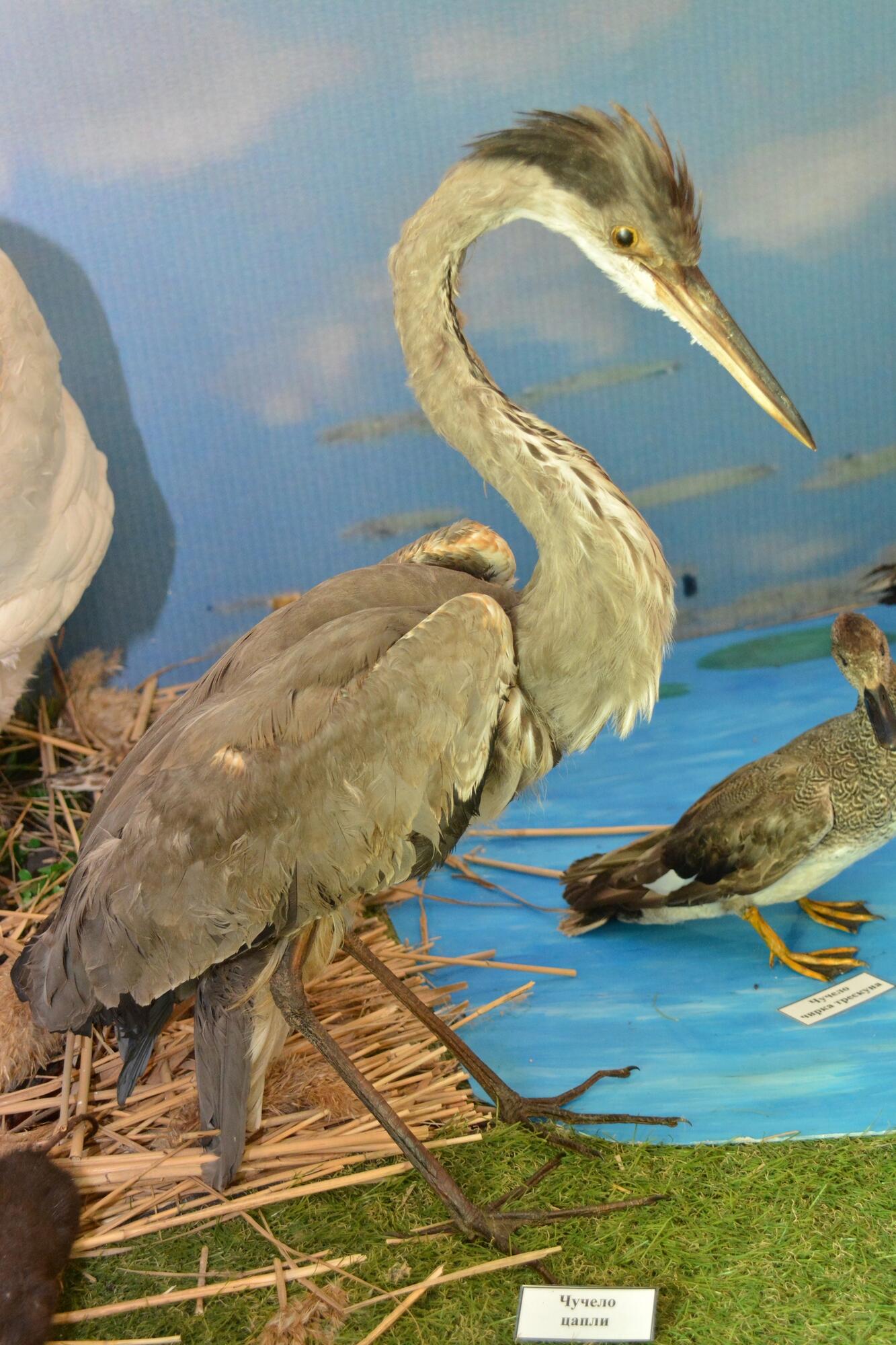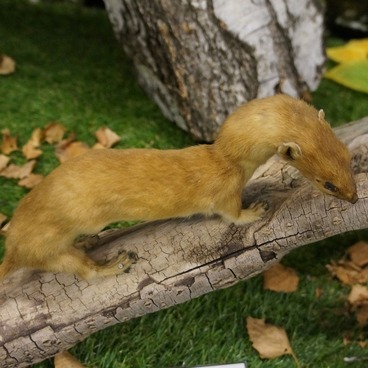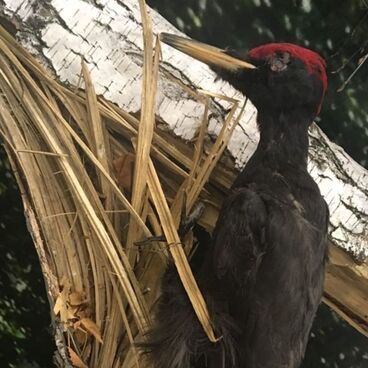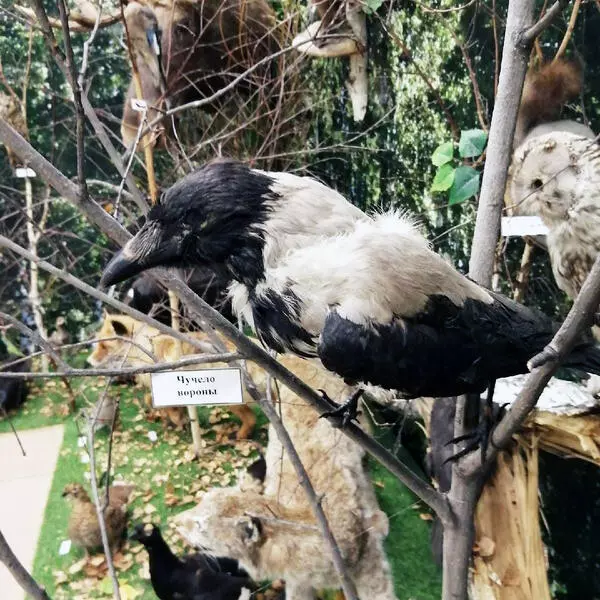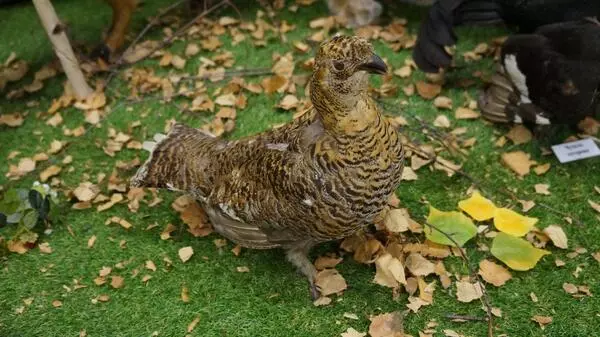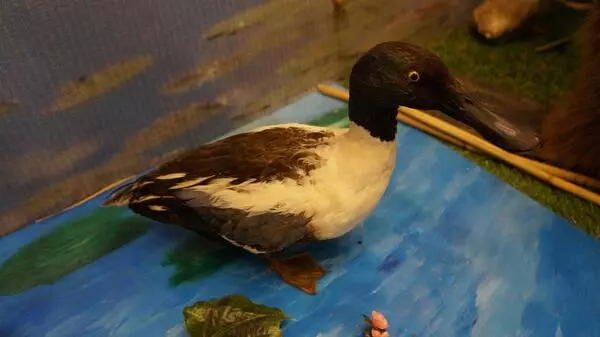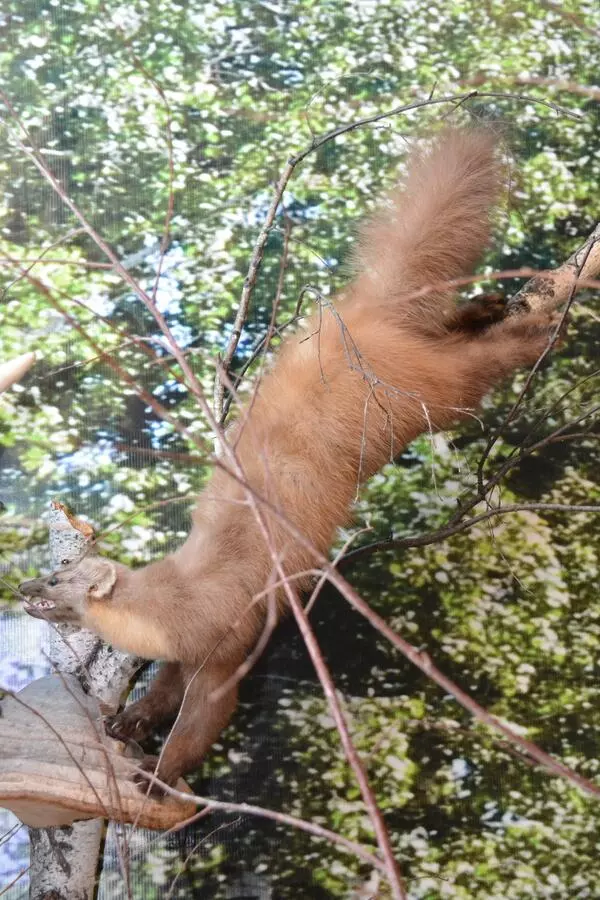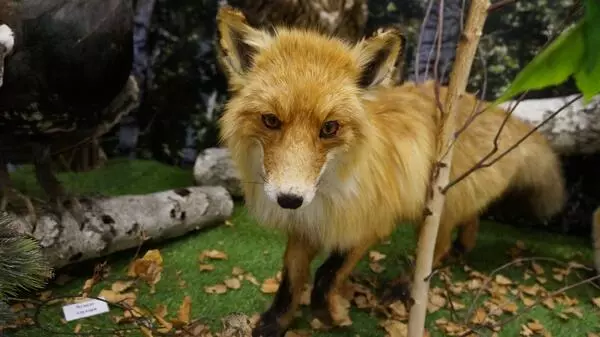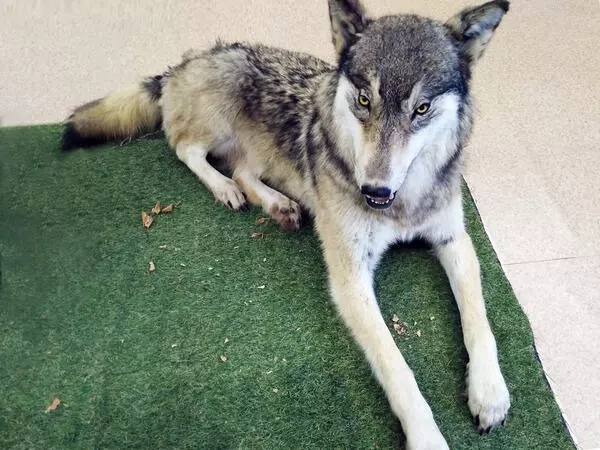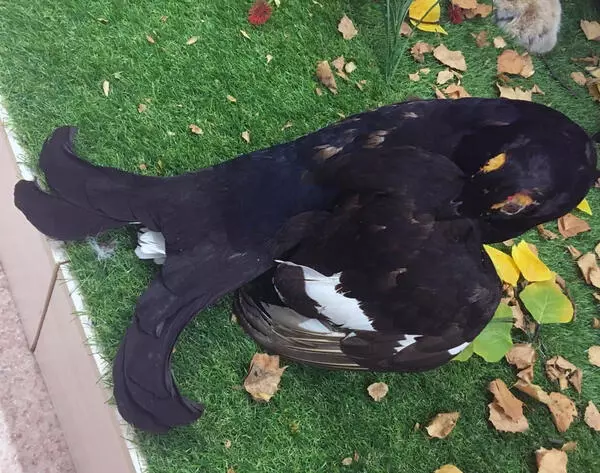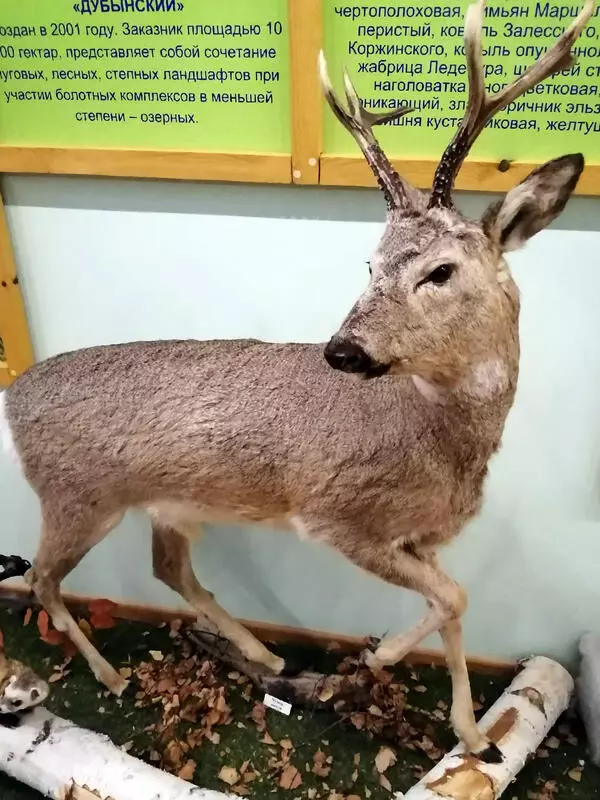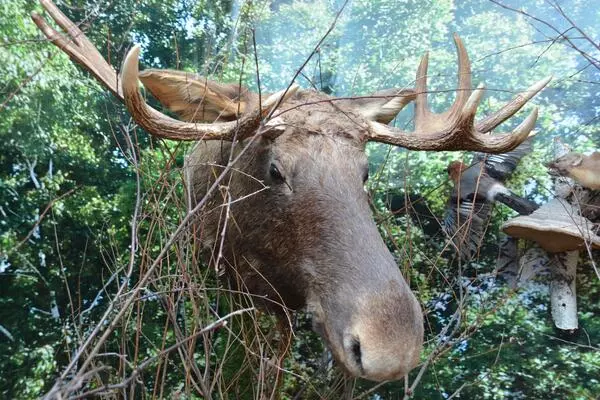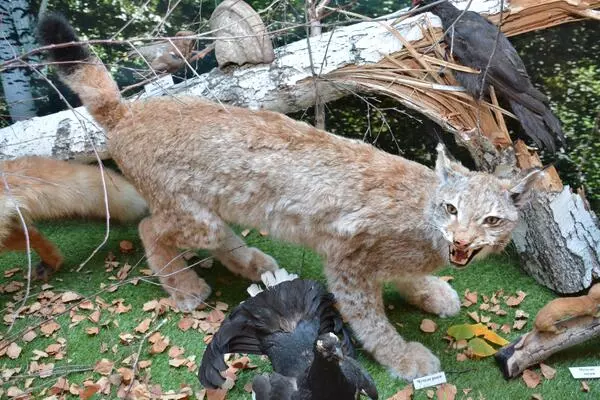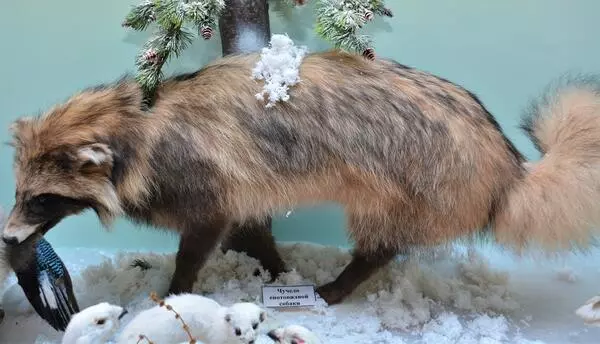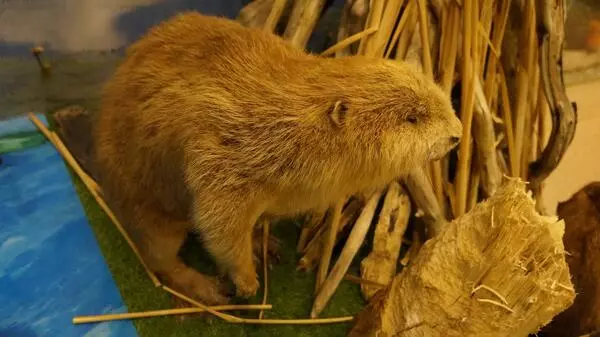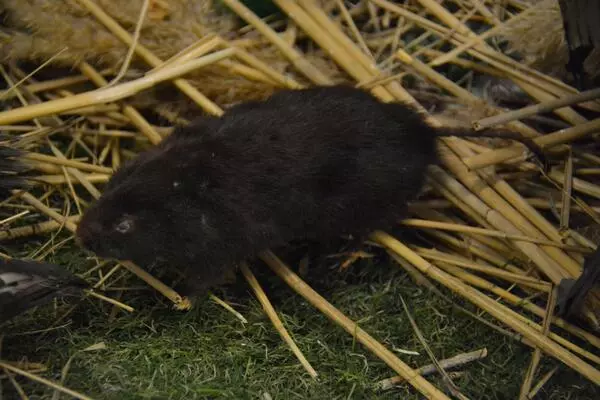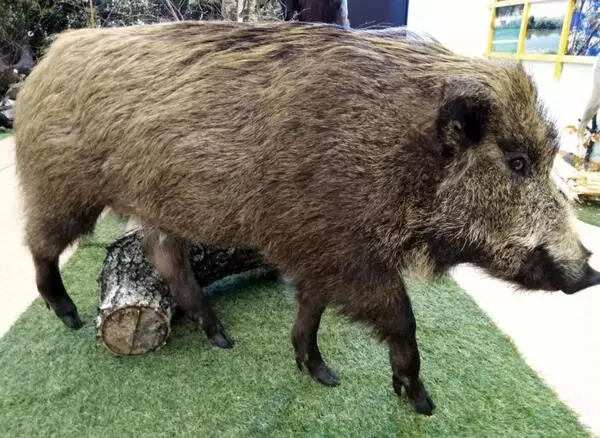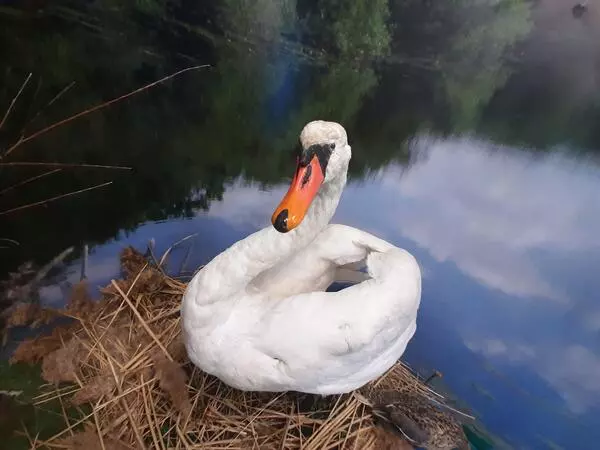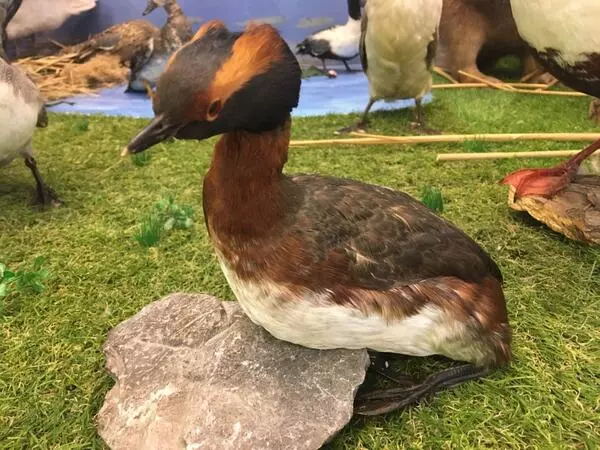The grey heron is a bird in the Ardeidae /ärˈdēəˌdē/ family. With long legs, neck, and beak, grey plumage above, and marbled white below, its appearance is very distinctive. The bird is rather large: an adult male can weigh up to two kilos. Females are slightly smaller than males, but there are almost no differences otherwise.
The grey heron’s range is extremely wide and covers considerable regions in Eurasia and Africa. In most habitats, the grey heron is common and often widespread bird. Its population grows. Its primary habitats are associated with water. The grey heron is also the most widespread stork species in almost any water body within its range.
Across a significant portion of its range, the grey heron is a migrant bird. In others, it remains in the same location all year round. The grey heron often sets up groups, sometimes considerably large ones. The grey heron nests also in colonies that can incorporate birds of other species. The grey heron does not avoid close human presence and is often found in cultivated landscapes, including in large cities. The grey heron is probably the most well-known and well-studied species of all herons.
The bird is strictly carnivorous. Its diet relies mostly on fish, but the gray heron also feeds on frogs, reptiles, frog larvae, insects, as well as on various small mammals, such as rodents up to the marmot in size. The bird prefers feeding by day. Alone or in small groups, it goes to the shallows and stands still until it sees a prey coming closely enough to grab it with the beak.
IN the past, literature often said that the gray heron damages the population of table fish, especially in fisheries. That is why people tried to bring the gray heron to extinction in various ways to decrease its population up to the 1980s. However, recent studies indicate that the gray heron does very little harm. Moreover, the bird can actually be considered a beneficial species because it removes much of diseased and parasite-stricken fish from eater by eating it.
Today, the gray heron (like many other bird species) is mostly threatened by pollution of the environment, especially of water. The active use of pesticides has become the main cause of destruction of many heron colonies.
The grey heron’s range is extremely wide and covers considerable regions in Eurasia and Africa. In most habitats, the grey heron is common and often widespread bird. Its population grows. Its primary habitats are associated with water. The grey heron is also the most widespread stork species in almost any water body within its range.
Across a significant portion of its range, the grey heron is a migrant bird. In others, it remains in the same location all year round. The grey heron often sets up groups, sometimes considerably large ones. The grey heron nests also in colonies that can incorporate birds of other species. The grey heron does not avoid close human presence and is often found in cultivated landscapes, including in large cities. The grey heron is probably the most well-known and well-studied species of all herons.
The bird is strictly carnivorous. Its diet relies mostly on fish, but the gray heron also feeds on frogs, reptiles, frog larvae, insects, as well as on various small mammals, such as rodents up to the marmot in size. The bird prefers feeding by day. Alone or in small groups, it goes to the shallows and stands still until it sees a prey coming closely enough to grab it with the beak.
IN the past, literature often said that the gray heron damages the population of table fish, especially in fisheries. That is why people tried to bring the gray heron to extinction in various ways to decrease its population up to the 1980s. However, recent studies indicate that the gray heron does very little harm. Moreover, the bird can actually be considered a beneficial species because it removes much of diseased and parasite-stricken fish from eater by eating it.
Today, the gray heron (like many other bird species) is mostly threatened by pollution of the environment, especially of water. The active use of pesticides has become the main cause of destruction of many heron colonies.
